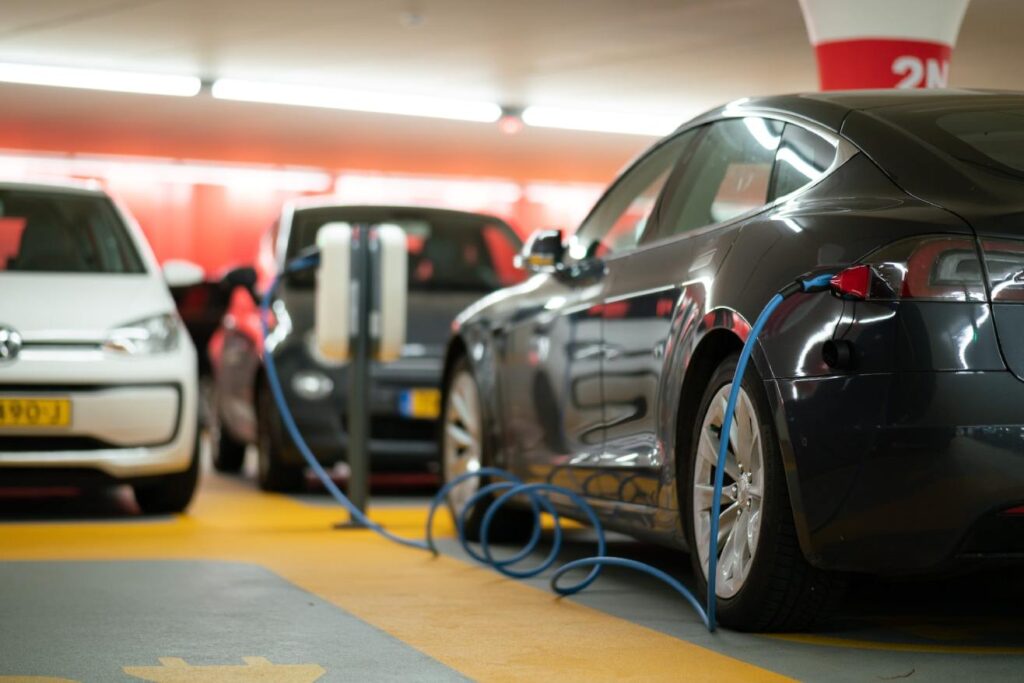In the world of e-mobility, especially in the electric vehicle (EV) battery segment, three significant developments are underway, poised to revolutionize the landscape of electric mobility. The most noteworthy development is the announcement by Chinese battery manufacturer Gotion High-Tech regarding their new battery technology. This innovation is projected to enable EVs to achieve a range of up to 1000 kilometers on a single charge, with a potential lifespan of two million kilometers. The company has outlined plans for mass production to commence in 2024.
If an average car travels about 15,000 kilometers each year, it would take around 130 years to reach 2 million kilometers. Gotion High-Tech mentioned that their battery has a single-cell density of 240Wh/kg and that improvements in pack design have increased overall battery pack energy density to a point where a 1000km range pack is possible with highly durable chemistry.
Gotion’s pioneering lithium-iron-manganese-phosphate battery (LMFP), an emerging technology, can power an EV for 1,000 kilometers per charge, a feat previously only accomplished by the more costly nickel-cobalt batteries.
Solid-state Batteries to offer 1200 kms
Secondly, Toyota, a global automotive leader, has unveiled its plan to introduce high-performance solid-state batteries and other technologies to enhance the driving range and cost efficiency of future electric vehicles. These solid-state batteries are capable of propelling an EV for 1,000 kilometers on a single charge, with expectations for the subsequent generation to offer a 1,200 kilometer range. By comparison, the long-range variant of the lithium-ion-powered Tesla Model Y, the world’s top-selling EV, can travel approximately 530 kilometers only on a single charge.
A vehicle powered by a solid-state battery boasts an impressive range of up to 1,200 kilometers, coupled with an expedited charging duration of just 10 minutes, as opposed to the Tesla Supercharger network, currently the largest of its kind, which provides an equivalent charge of 321 kilometers in 15 minutes.
Numerous automakers and startups are in a competitive race to advance solid-state battery technology, widely hailed as the next evolutionary phase of EV battery development. These innovative batteries substitute the liquid electrolytes and polymer gel separators used in conventional lithium-ion batteries with solid separators. The envisioned advantages of fully realized solid-state designs encompass rapid charging capabilities, extended ranges, prolonged lifespans, and heightened safety. Many solid-state battery designs expand the incorporation of lithium across the cell structure.
Sodium-Iron; a low cost alternative
Thirdly, Chinese battery giant CATL is reportedly poised to commence mass production of Sodium-ion batteries in 2023. In the prior year, CATL unveiled its inaugural sodium battery prototype and subsequently delved into experiments with novel technologies to create a second-generation sodium battery with the potential to achieve 200 watt-hours per kilogram. Sodium-ion batteries diverge from the prevalent lithium-ion chemistries. While featuring a design similar to lithium-ion batteries, including a liquid electrolyte, they leverage sodium as the primary chemical component, instead of lithium.
Sodium-ion batteries typically exhibit an energy density of 145Wh/kg, notably lower than the range of 200–275Wh/kg seen in most contemporary lithium-based batteries utilized in EVs. Even with further advancements, sodium-ion technology is expected to offer a gravimetric energy density below that of cutting-edge lithium-ion batteries, let alone future cathodes or solid-state cells. However, CATL seems to have achieved a significant technological breakthrough in this field.
While sodium-ion batteries may not markedly enhance performance, they hold the potential to reduce costs due to their reliance on more economical and readily available materials compared to lithium-ion chemistries. It remains uncertain whether these batteries can fulfill the requirements for EV range and charging time. But the industry is keen as Sodium is abundantly available, constituting 2.3% of the Earth’s crust, making it over 1,000 times more abundant than lithium.
By Sibi Sathyan
































